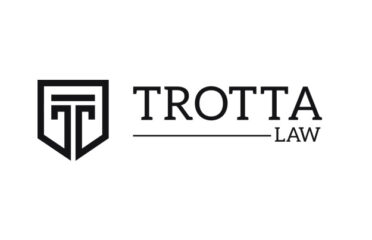What is Car Accident Law in Canada?
Canada’s car accident legal framework combines provincial insurance systems with federal and common law principles. Whether you’re in Ontario’s no-fault system or Alberta’s tort-based approach, understanding your rights after a collision is crucial for protecting your health and financial interests.
This comprehensive guide explains Canada’s car accident laws, including:
-
Provincial insurance systems
-
How fault is determined
-
Injury claim processes
-
Compensation available
-
Recent legal changes
1. Canada’s Dual Insurance Systems
No-Fault Provinces
-
Ontario, Quebec, Manitoba, Saskatchewan
-
You claim through your own insurer first
-
Limited right to sue (only for serious injuries)
-
Faster access to benefits
Tort-Based Provinces
-
Alberta, British Columbia, Atlantic Canada
-
Can sue at-fault driver directly
-
Broader compensation available
-
Longer claim process
Hybrid Systems
-
Quebec: No-fault for injuries but can sue for vehicle damage
2. Determining Fault in Canadian Accidents
Fault Determination Rules
Most provinces use standardized rules:
-
Rear-end collisions: Following driver usually at fault
-
Left turns: Turning driver typically liable
-
Intersection collisions: Right-of-way violations decide
Exception: Quebec uses pure no-fault for injuries regardless of fault
Comparative Negligence
-
Alberta, BC, Ontario: Compensation reduced by your percentage of fault
-
Nova Scotia: Can’t recover if >50% at fault
3. The Claims Process Step-by-Step
Immediate Steps Post-Accident
-
Safety First: Move vehicles if possible
-
Call Police: Required for injuries or damage over $2,000 (amount varies by province)
-
Exchange Information:
-
Driver’s license
-
Insurance details
-
Vehicle registration
-
-
Document Evidence:
-
Photos of damage, injuries, scene
-
Witness contacts
-
Weather/road conditions
-
Filing an Insurance Claim
-
No-Fault Provinces: File with your insurer within 7 days (Ontario)
-
Tort Provinces: Notify insurer immediately but may sue directly
4. Compensation Available
No-Fault Benefits
-
Medical/rehab expenses
-
Income replacement (typically 70-80% of wages)
-
Caregiver benefits
-
Death benefits
Tort Damages (When Permitted)
-
Pain and suffering (capped in some provinces)
-
Lost future income
-
Housekeeping costs
-
Punitive damages (rare)
Provincial Caps:
-
Ontario: $65,000 deductible on pain/suffering claims
-
BC: No cap after 2018 ICBC reforms
5. Special Considerations by Province
Ontario
-
Accident Benefits Schedule governs no-fault benefits
-
Catastrophic impairment claims have higher limits
-
$1 million standard medical/rehab coverage
Quebec
-
SAAQ administers all injury claims
-
No lawsuits for injuries
-
Different rules for out-of-province drivers
British Columbia
-
Enhanced Care (2021 changes):
-
Increased benefits
-
Eliminated minor injury cap
-
Reduced right to sue
-
6. Common Legal Issues
Disputed Claims
-
Insurers may argue:
-
Pre-existing conditions
-
Failure to mitigate
-
Disputed fault
-
Statute of Limitations
| Province | Injury Claims | Property Damage |
|---|---|---|
| Ontario | 2 years | 2 years |
| Alberta | 2 years | 2 years |
| BC | 2 years | 2 years |
| Quebec | 3 years | 3 years |
Exceptions: Minors get extended time limits
7. When to Hire a Car Accident Lawyer
Consider legal representation if:
✅ Injuries are serious or permanent
✅ Fault is disputed
✅ Insurance denies your claim
✅ Settlement offers seem inadequate
✅ Commercial vehicles involved
How Lawyers Help
-
Negotiate with insurers
-
Obtain medical assessments
-
File lawsuits before deadlines
-
Maximize compensation
8. Recent Legal Changes (2024)
Across Canada
-
Rising insurance premiums affecting claims
-
More disputes over accident benefits
-
Increased focus on pedestrian/cyclist rights
Provincial Updates
-
Ontario: Changes to catastrophic impairment definitions
-
BC: Continued rollout of Enhanced Care model
-
Alberta: New distracted driving penalties
9. Protecting Your Rights After an Accident
Dos and Don’ts
Do:
-
Seek medical attention immediately
-
Report to insurer promptly
-
Keep detailed records
-
Follow treatment plans
Don’t:
-
Admit fault at the scene
-
Sign releases without legal advice
-
Post about the accident on social media
-
Delay medical treatment
Conclusion: Navigating Canada’s Complex Accident Laws
Canada’s car accident laws vary significantly by province, making location-specific knowledge essential. Whether dealing with no-fault benefits or pursuing a tort claim, understanding these systems helps ensure fair compensation.






















